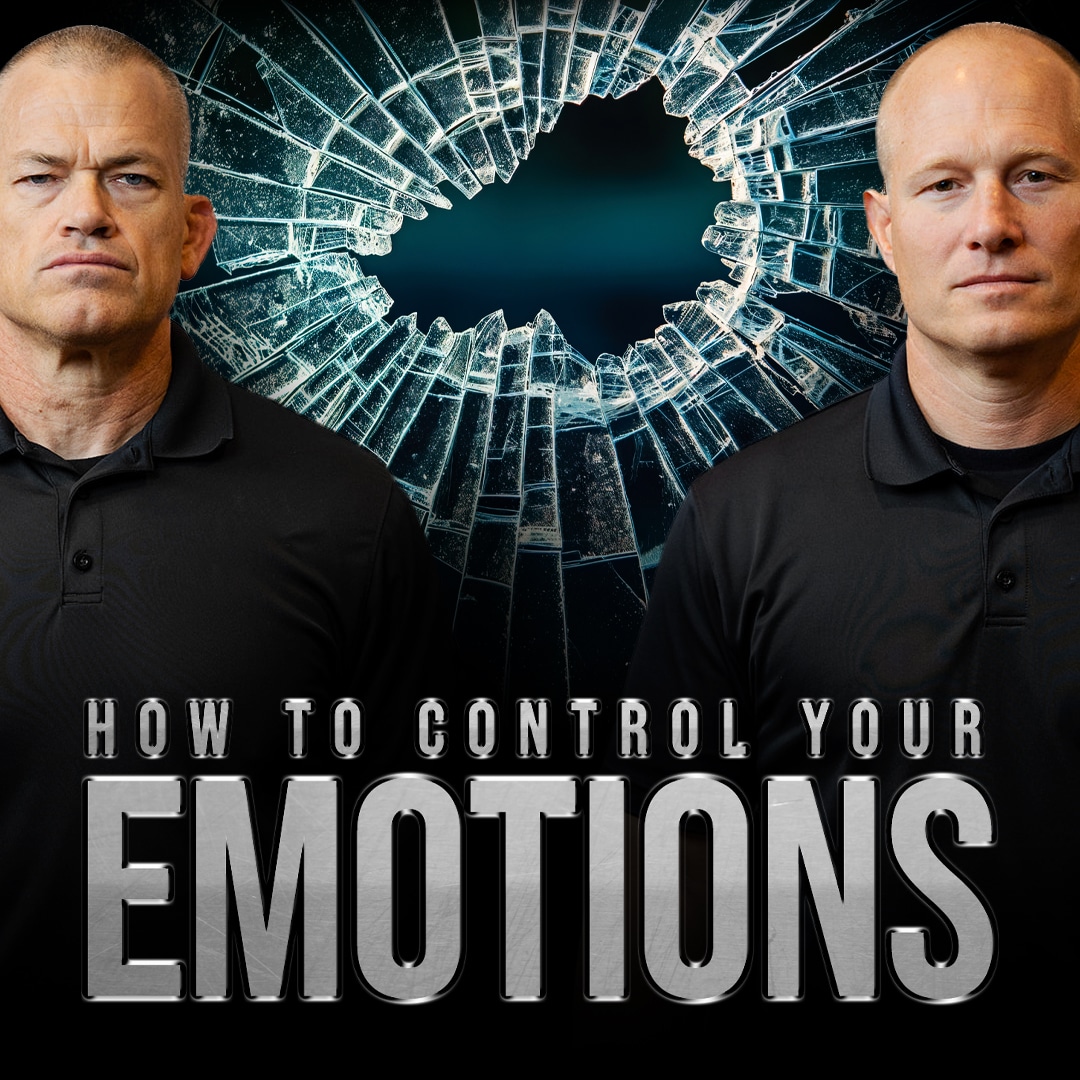We’ve all been there, caught up in a wave of strong emotions, only to send an email or text we wish we could take back. If we’re not careful, our emotions can steer us into trouble. So, how can we keep our emotions in check and respond thoughtfully rather than reacting impulsively? I rely on a process that involves maintaining internal vigilance, labeling the emotion, and then detaching from it to gain a fresh perspective. Let me break it down for you.
Maintaining Internal Vigilance
Maintaining internal vigilance, or mindfulness, is crucial for emotional control, but it takes practice. This means paying close attention to your thoughts and feelings so you can catch yourself before emotions take over. You might notice physiological signs like a racing heart, tensed facial muscles, flushing, or clenched fists. Mental signs can include racing thoughts, negative thought loops, irritability, or a heightened sense of vigilance. By recognizing these red flags early, you’re already ahead of the game and ready to move to the next step.
Labeling the Emotion
The next step is to label the emotion you’re experiencing. Are you feeling fear, jealousy, resentment, anger, insecurity, or frustration? Being precise about the emotion is key to managing it effectively. For example, jealousy and resentment can sometimes feel similar, but distinguishing between them helps you address the root cause more accurately. Labeling the emotion isn’t just about naming it; it’s about understanding it enough to diminish its power over you.
Detaching from the Emotion
Detaching from the emotion is often the most challenging part. My go-to tool here is curiosity. Approach the emotion with genuine curiosity, as if it’s a puzzle to be solved. Emotions are like warning lights on your car’s dashboard—they might be signaling something worth addressing. By detaching and exploring the emotion, you can assess whether it warrants action. Remember, many of the daily frustrations we face are fleeting and not worth the emotional energy. Instead of suppressing the emotion, let curiosity dilute its intensity.
Putting It Into Practice
Let’s walk through an example. Imagine you’re driving in heavy traffic, and a car horn startles you. Adrenaline surges, your heart races, and you notice the driver who honked is now angrily gesturing and shouting. Your face flushes, your grip on the steering wheel tightens, and you think, “How dare they yell at me; I did nothing wrong!” At this point, recognize the emotion you’re feeling—anger, in this case. Ask yourself questions: Do you know this person? Does their opinion really matter? Will retaliating improve the situation? Likely, the answers will guide you to realize that the best course of action is to remain calm. Instead of escalating the situation, a simple shrug and a mouthed “I’m sorry” can be more effective. In the SEAL teams, we had a saying: “Take the high ground, or the high ground will take you.” It’s applicable both on the battlefield and in everyday life.
Conclusion
In conclusion, mastering your emotions requires intentional effort and practice. By recognizing your emotional red flags, accurately labeling your feelings, and detaching with curiosity, you gain control over your reactions and avoid the pitfalls of impulsive behavior. This approach not only prevents regrettable mistakes but also fosters a more thoughtful and balanced response to challenging situations. Remember, emotional control is a skill that enhances both personal and professional interactions, leading to better outcomes and more harmonious relationships. So, the next time you find yourself caught up in a wave of emotion, use these techniques to steer yourself back on course and respond with clarity and composure.



